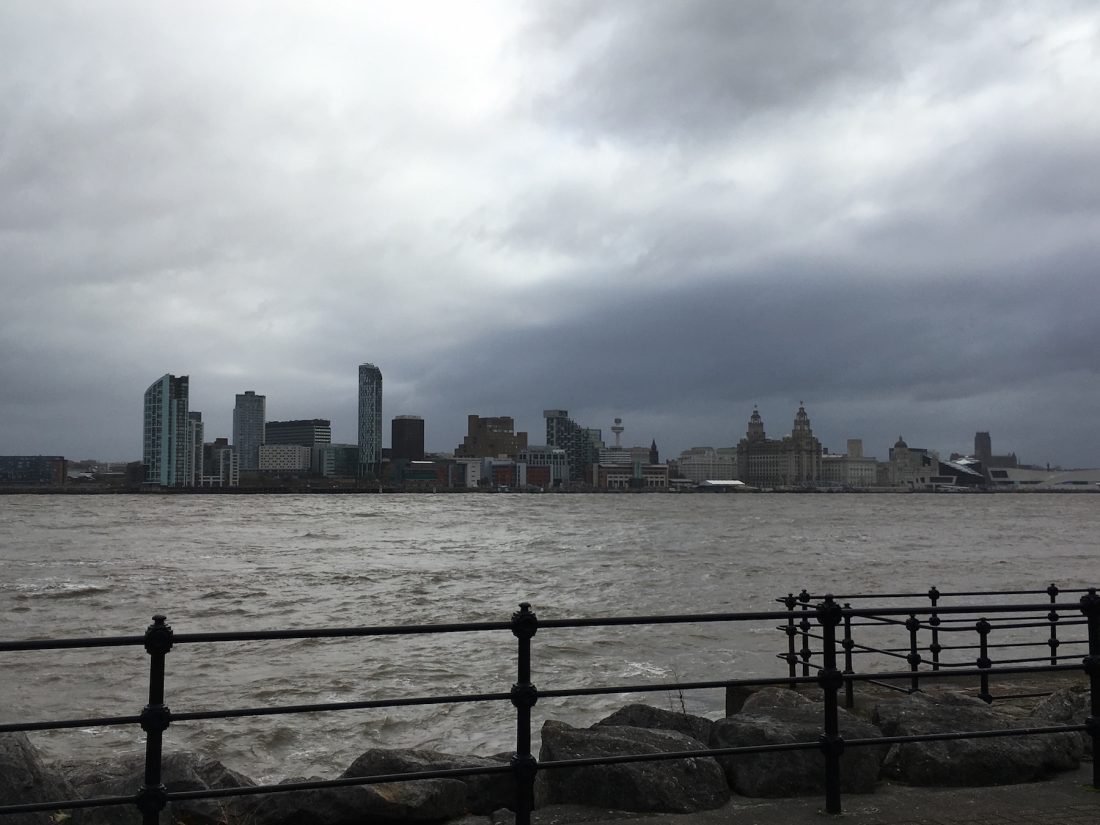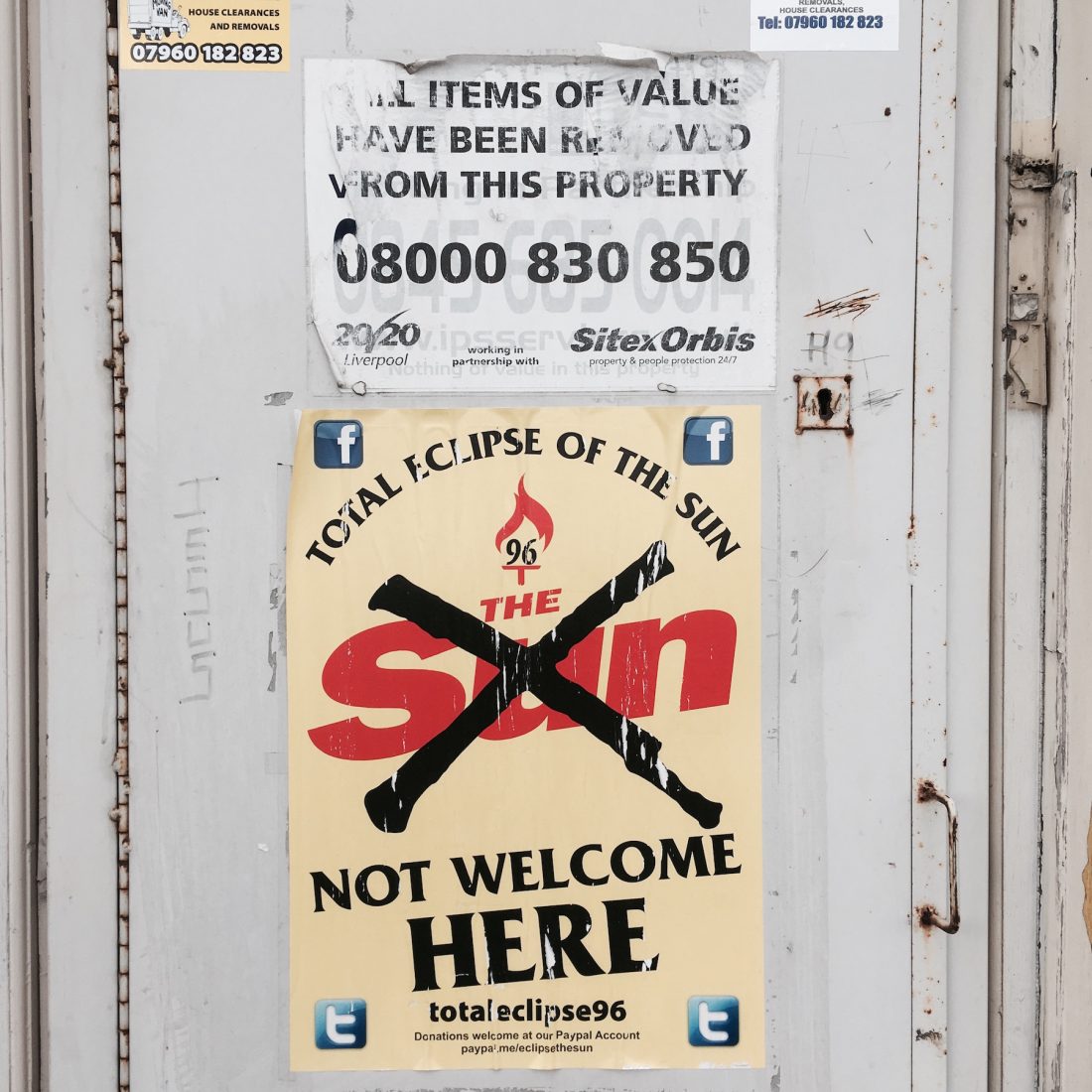Going into this, I was interested in revisiting the themes from my project with The Whitney Museum of American Art last year, which explored the collective anxiety of living in a big liberal city; being part of the ‘metropolitan elite’ at a time or rising right-wing populism, with the push back against urban life. The hope is to explore whether the sense of our collective future has been irrevocably changed by our recent history, while ultimately trying to reassure myself that everyone else has the same feelings I do of standing on the edge of a cliff, staring down into an abyss, or I guess more accurately into some sort of dystopian vision of the future; one in which the society I’m living in seems to not be the one I thought it was up until a year or so ago.

Throughout my life there’s been a reassuring sense about the trajectory of history – the sense of a consistently upward gradient. The steepness of the line may change, and appear to flatten out for a while, but fundamentally if you zoom back a bit it’s always heading upwards. The lives of women, gay people, ethnic minorities and essentially anyone who wasn’t a white, straight man steadily seemed to get better over my lifetime. People from working class backgrounds no longer had to spend their lives doing backbreaking work in grinding poverty in the way my grandfather did, and instead get to do university and swan around calling ourselves artists instead. The lives of the poorest 10% of people on earth improved; food poverty decreased, kids went to school, apartheid felt like a thing of the past, systems like M-Pesa brought banking to rural Kenya, and technological advancements in general made the world feel like a smaller, more connected and friendlier place. In short, progress! Uneven, but reasonably constant progress none the less.

But then it all starts to fall apart. People who should know better vote for right wing demagogues in incredible numbers, and the progress you took for granted doesn’t seem so secure anymore. The improvements in rights for women in the workplace, and fact that politicians can’t use words to describe black people that 50 years ago were part of everyday speech suddenly seem less like genuine steps forward. Instead they appear more like lining paper, covering up the cracks in the plasterwork of the two-up two-down terraces round the corner from my house that property developers buy from old Caribbean couples retiring back to Barbados and have back on the market two weeks later with a front door painted in some Farrow and Ball colour mixed up in Leyland Trade paint. These fault lines that have always been there start to reappear in earnest, and the steadily rising inequality that we’ve ignored for the last 30 years while we’ve been in a hurry to get on the property ladder, and congratulating ourselves on our increasingly exotic holidays have come back to haunt us. Suddenly, instead of the utopian world I’d naively assumed we were heading to, I found myself sat at the dinner table on Christmas day unsuccessfully trying to convince my family that immigrants aren’t the reason for overcrowded classrooms and long hospital waiting times, but rather that the blame lay at the door of Alan Greenspan and Friedrich von Wieser, and that the global movement of capitol was the problem, not the global movement of people.

So I came to Liverpool, a city that had been at the heart of British imperialist power and that suffered some of the worst deprivation during the post empire decline with the starting point. But where as usually it would be a question, in this instance it was a the statement of ‘Today is isn’t the future we were promised in the past’. As ever with these projects for me, the ideas started off being wilfully vague, with my own tangentrical version of grounded theory involving meeting as many people as possible, talking to them about their lives – their past, their ideas on the present and where they imagine the future to be headed, and hoping that some sort of coherent set of themes will rise up out of these, and coalesce around something I can manifest as an artwork.





